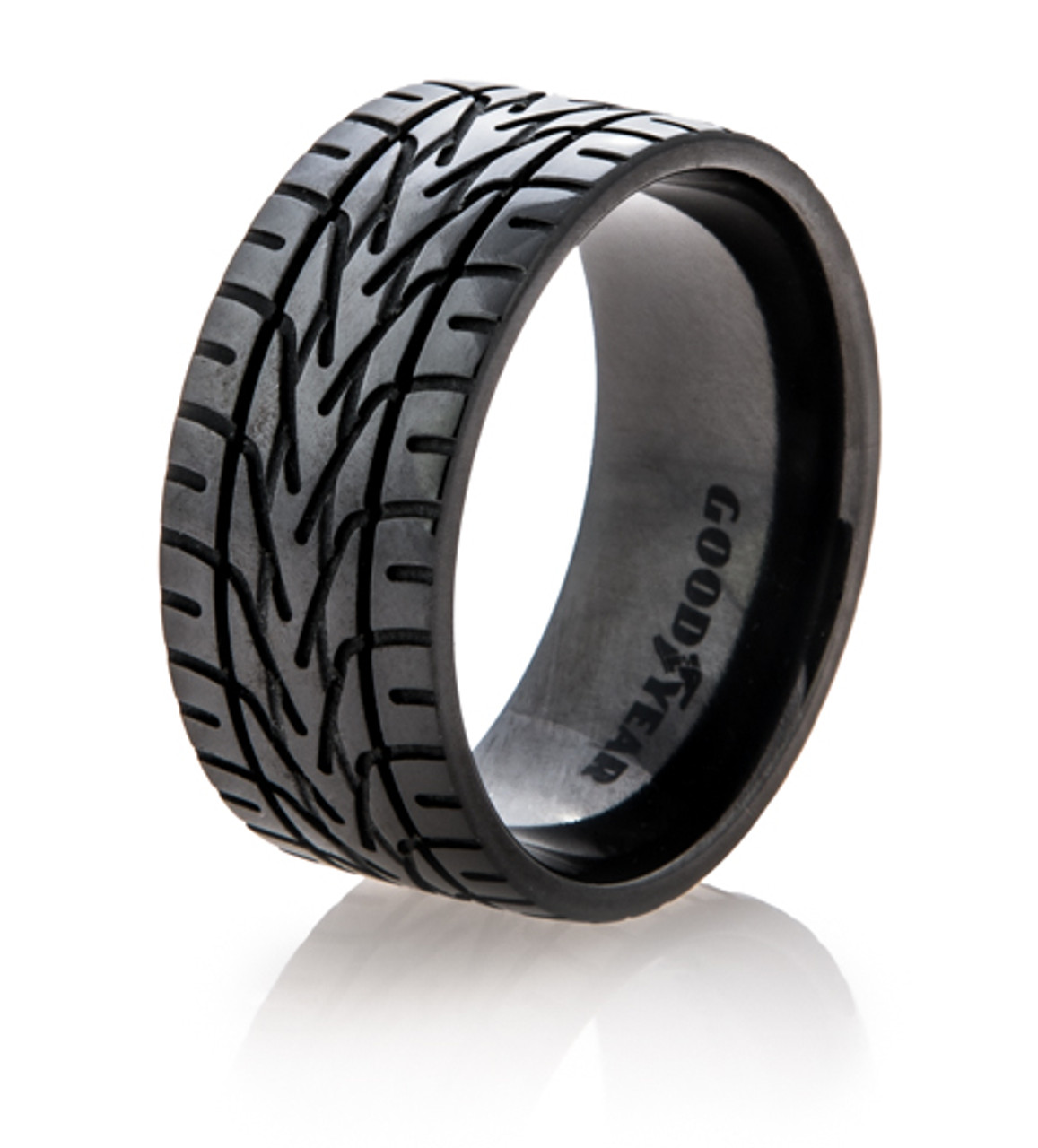Saw this going to a friend’s house- they bagged the fire hydrants….one thought was snow; but this is the first year apparently. And snow has been a mild issue this year compared to most.
Isn’t that what paint’s for? Seems like a lot of unnecessary plastic trash.
Cheaper to do bags than re-paint off-schedule. Usually cities have a schedule for maintenance, and the bag, in this case, is preventative for rust without being off-schedule for painting.
Salt resistant paint is industrial, and it’s expensive. Depending on the product, it can also be a two part system and need special preparation. And by expensive, I mean it can cost over a hundred dollars per gallon, if you aren’t getting a deal on it. That’s a big investment for a smaller town.
That seems like chump change for something that probably already costs over $1000, won’t take a gallon of paint, and is meant to last for decades.
You’re forgetting the cost of removing them from the ground to have them sandblasted beforehand. This isn’t latex water based paint for your wall. You don’t just toss it on top of whatever is already there.
You don’t remove them you strip clean and paint in place.
Lol down votes I’ve painted hydrants. You have obviously never. There would be no reason to remove them. Since you would also be disabling the hydrant to do it and what do you do if there is a fire? Here you dumb bastards.
Thats why you paint it with the correct paint before you install it in the first place.
Are you sure the correct kind of paint was available when it was installed? And how long of a lifespan does that paint have? Surely not the life of the hydrant. This isn’t a one and done sort of thing. This is something you have to do every few to several years, depending on the specific coating you use. Every so often, the laws change regarding what can be used where, and advances in coating technology means a specific product might only be available for a few years before it’s replaced with something else, if it’s replaced at all. Working in the paint industry, I can tell you that some products died when COVID hit and the companies that made them went under.
deleted by creator
I imagine a fire hydrant is pretty expensive as well. Can’t imagine covering it in salt resistant paint would be that much of a price increase and even if it is I don’t imagine it would be cost prohibitive if it means a 20 year replacement cycle vs. a 10 year cycle.
If anything this may be protecting them from dog piss.
You also need your pay to have each of them taken out of the ground and sandblasted before they are coated. Industrial coatings aren’t like house paint, you can’t toss on extra layers and move on.
Well ya, that’s why you put it on when the thing is being installed. Not talking about a Reno/repair.
If they didn’t put salt resistant paint on it when they first installed the thing because it was a few hundred dollars more that would be stupid.
Whatever paint was on it when it was put in will last for several years at best. What do you propose they do when the coating starts wearing? Advances in coating technology and the laws regarding them change every few years, so will you guarantee the coating used will be available to them the next time they need to apply it? What budget will they take money away from to strip the hydrants when that time comes so they can be repainted? Painting a hydrant is more than a few hundred dollars for the coating. You have to pay to have the previous coating removed. You have to pay for the new coating and any two part additives it needs, like hardeners or accelerators. You need to pay for the painters with the experience with whatever type of coating you’re repainting them with. For a hydrant, it would probably be some kind of industrial oil-based alkyd. Hopefully a direct to metal, although they might need a suitable primer for the coating they’ve picked if they don’t go with a DTM. That’ll be another hundred or so per gallon. You also have to pay for hazmat disposal of any leftovers from the job.
If you haven’t guessed, I work in the painting industry, specifically dealing with commercial and industrial grade architectural coatings. A job like painting all the hydrants in a town would be many thousands of dollars. In a city, it would be hundreds of thousands. A five gallon bucket of the product I would recommend for the use would retail about $900 per five gallons, although the sales rep would work with the city and whatever painter they hired for the job to negotiate a lower price based on how much they needed.
I’m not writing all this to put you down, or try to make you feel stupid. I’m doing it to point out that things that might seem like they have simple, straightforward solutions oftentimes turn out to be a lot more complex and expensive than people realize. Especially when it comes to maintaining critical infrastructure. This picture might be from a small town that doesn’t have the money to afford repainting their hydrants. It’s a lot cheaper to toss a plastic bag with some zip ties over it. If I’m being honest, it’s probably better for the environment too.
Paint gets scratches, especially where things turn and rub against each other. You don’t want the turning bits becoming seized and finding out at the worst time
Isn’t the paint also unnecessary plastic trash?
Apparently, the same gets in and corrosion starts. The second article mentions a city that stopped doing it.
Maybe they reuse the bags. Bag up 5th Street, salt it, collect the bags and prep 6th.
hmm thanks for that.
Just FYI, the striped pole attached to the hydrant is so it can be found under snow.
I was driving down a highway once and noticed that there was a blue reflective marker on top of the concrete barrier every few hundred feet or so.
Took me about an hour or two before I noticed that it aligned with where the drainage basins were, probably for snow removal in the winter.
Why wouldn’t they make the whole thing red?
It works in regular snow and blood snow
I believe there’s some logic in alternating patterns being more attention-grabbing to our brains, which is why you usually see stripes on anything you need to be cautious around.
The pole isn’t for locating the hydrant, per se, as much as it is for avoiding the hydrant. It’s so you don’t drive into it if it’s covered in snow.
it’s also for locating the hydrant when it’s covered in snow. Historically we’d have 3-4 feet of snow and most places are more than somewhat lax about clearing out the hydrant.
Because its easier to see
It’s also why flashing led road signs exist here in Australia around school zones
Not a great analogy for somewhere that has snow
deleted by creator
To maintain freshness
Duh. No one likes a soggy, limp hydrant.
Possibly out of service. There are dedicated high visibility bags for this purpose but if whoever did this didn’t have one, this looks like a stopgap to help make it more obvious.
It is amazing how many hyadrants I’ve suddenly noticed on the drive back. (and there were several new-looking ones that weren’t bagged. Or maybe the bag came off. Apparently it happened in the fall.)
It does look like there’s metal cables over the front and top thingamajigs.
Firefighter here:
They’re made from cast iron that likes to rust and the only thing protecting them is the Paint on them.
My guess is that the paint got scratched and they’re bagging it up until they can repaint it.
For safe hydrant sex. Duhhh
Autoerotic asphyxiation.
It’s to prevent unwanted pregnancies. Always bag up your hydrants, boys!
Remember! Flies spread Disease, so keep yours CLOSED!
I’ve never heard of this, & I’m Canadian.
I imagine out east, in the Maritimes, they’d have to put marker-poles on the things, because they sometimes get 5’ of snow in a single onslaught, but …
… it simply isn’t something I’d ever heard-of.
Our fire-departments deal with the snow & ice every ( normal, not now ) winter.
shrug
Isn’t the street that concrete area from where the picture was taken? So if a snow plough comes to remove the snow, it essentially would burry the hydrant.
Related question. Why are north American hydrants all of the “stick up out of the ground as a permanent fixture” type, rather than the more discreet and less likely to be damaged “pipe fitting concealed beneath a removable plate” type?
So dogs can pee on them, dingus.
Probably because it’s still liable to be damaged (especially by freeze/thaw cycles,), the plate is liable to be lost, it’s harder to find- especially under a foot of snow-
And my personal favorite: tradition.
That deck post is looking a bit curved
Not my deck, not my post, lol.
My guess is to keep water from getting into the threads and freezing them shut.
if that were a problem, honestly, hydrants wouldn’t have lasted a freeze/thaw cycle. Water expands and breaks shit (potholes for example,) it might get frozen and harder to open, but they have massively huge hydrant wrenches for a reason. (and it ain’t compensating for their tiny hose…) (that’s what the big hose is for.)
The identify the troublemakers in your neighborhood.
You’ve been added to a list.
I’m on soooo many lists.
one more won’t hurt.
That’s another list, buddy
Evidence.
It’s so we know what corner to turn at to find the Rave!!













